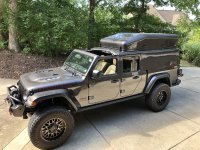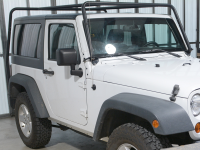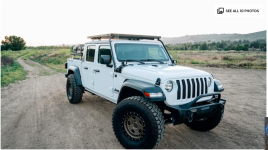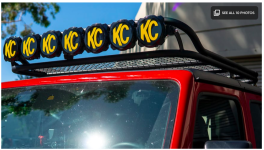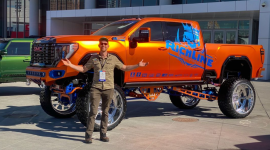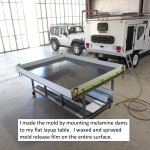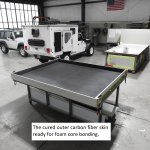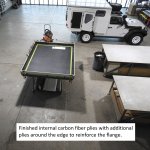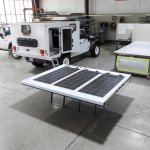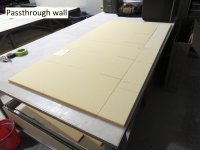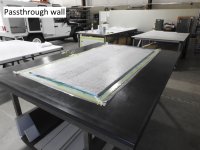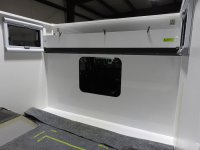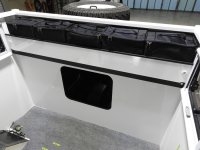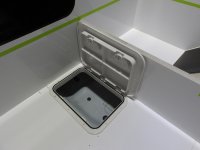This is a travel rig concept that I've been working on in the background for the last few years. We are considering building it to fill the place of our trusty old Unimog that we built in 2017-2019. This would be a vehicle for my wife and I to travel in for moderate length overland trips (destinations TBD).
We’ve had and used a lot of travel/camping setups over the years (LMTV, Unimog, Pinzgauer, Jeeps, RTTs, trailers, VW, car camping, backpacking…), and lately I’ve been feeling like “less is more”, but we do want to be comfortable, so we made a list of must have features, and this little rig pretty much does it for us. It’s a nice little camper.
The habitat has a large passthrough to the cab. There is a 4' by 6'2" bed side-to-side in the front of the habitat (behind the passthrough) that is convertible to a dinette/office. We’ve been happy with that bed size before in some of our other rigs. There is a small kitchen (with stove, fridge, and sink) across the back wall and a composting toilet in a small bathroom opposite the habitat door. It would have a diesel heater and water filtration. This is a pop top with standing height, and you can sleep with the top down if the weather is bad or when camping in the city when a little more camping discretion is needed. It fits nicely in a sea container to be shipped overseas if desired.
Shown here it is incorporated into a 4-door Jeep Unlimited JKU with the back of the body removed. Professionally, I’m a vehicle design engineer, certified welder, composite fabricator, and machinist, so building this rig would be within my normal experience range. There are certainly benefits to other chassis, but for the price, a Jeep JK or JL as a base vehicle is pretty appealing. We’ve owned several JKs, and we have liked them pretty well (there is one sitting in our driveway right now). They are reasonably priced, there are lots of parts and accessories available, and it would be nice to have cruise control, airbags, and air-conditioning.
I have designed the habitat to be a light-weight composite sandwich shell with several molded fiberglass parts. I have very carefully set up a weight and center of gravity spreadsheet, and this setup (including all of our normal travel gear and cargo) would work with the gross weight of a JK or JL Jeep with margin (it would also work fine on a Land Rover Discovery, a G-Wagon, or a Land Cruiser). I have seriously considered a diesel G-Wagon option as an alternative to the Jeep, and it’s mechanically appealing, but the price is significantly different. I’ve also considered the JT Renegade, but we want a 2-door vehicle, the JT is actually longer than I want, and I don’t want to deal with the displacement between the cab and habitat from twist of the longer JT frame.
It's just a concept, but I'd like to get input from you. What do you think?
I’m not sure what the timing of this project will be, but I’ll document the build in detail on our Wabi-Sabi Overland blog and Instagram.
Michael
P.s. I realize it is functionally similar to the AEV Outpost II, and I’ve chatted with Dave at AEV about my concept.
View attachment 695848
View attachment 695850

